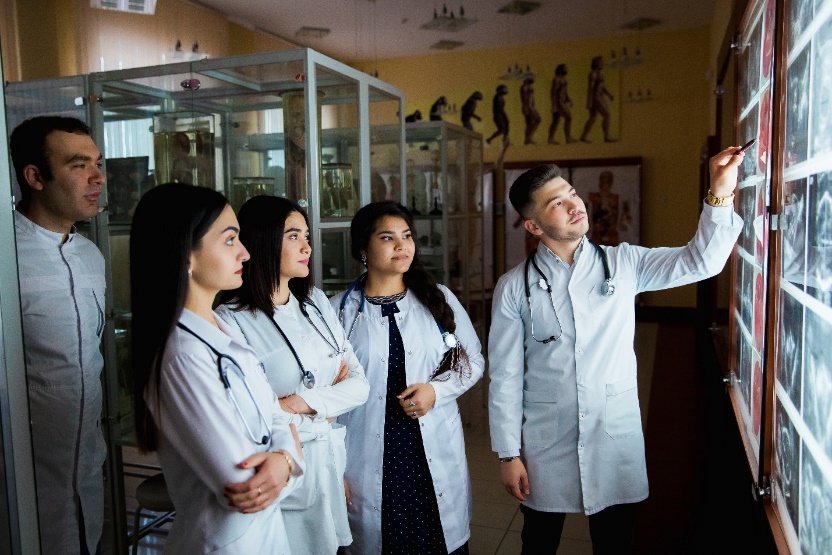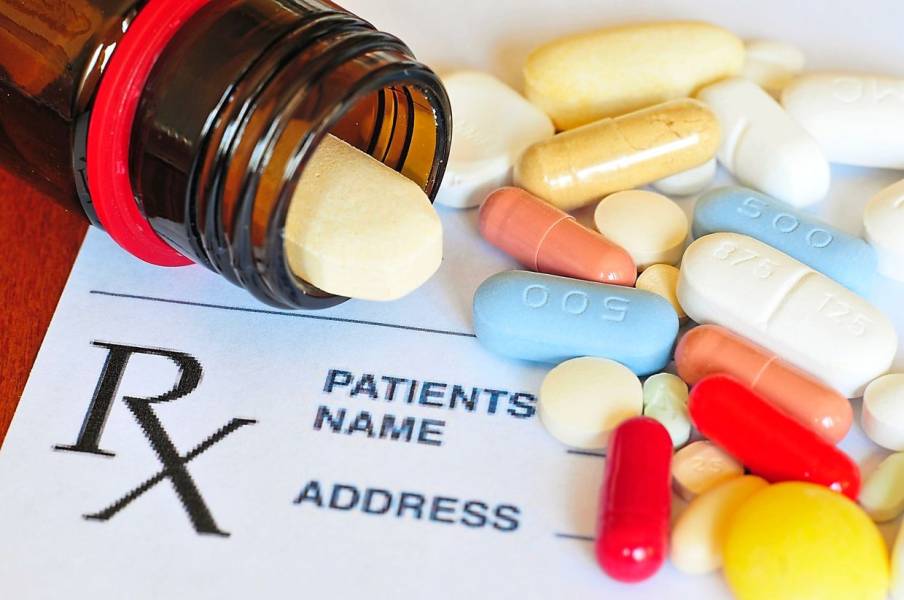The pharmaceutical industry is in the midst of a digital transformation. Several factors drive it, including the growing popularity of digital health and the increasing use of data and analytics in drug development and commercialization. The result is that pharmaceutical companies are increasingly turning to digital tools and solutions to improve their performance.

As the popularity of mobile health (mHealth) is on the rise, there are several emerging trends for the pharmaceutical industry to watch out for. Here are some of the top innovations in the pharmaceutical industry:
Artificial intelligence (AI)
AI is playing a more significant role in healthcare. It is helping to speed up drug research and development processes. It streamlines the process of determining eligibility requirements and patient inclusion. It also makes cohort identification cheaper and quicker.
AI enhances the pharmaceutical sector with its powerful data analytics and predictive capabilities. Healthcare experts can now employ AI technology to examine patterns in data sets to comprehend new pharmaceuticals’ consequences, advantages and success rates before they are released to consumers.
Blockchain
Blockchain is a distributed database technology that offers a new way to store and share data. Its main advantage is that it is highly secure, making it ideal for handling sensitive information, such as medical records or drug supply chain data.
Blockchain technology is also being investigated to combat the distribution of fake medications and inferior pharmaceuticals. These products enter the supply chain and result in the deaths of thousands of people each year. A blockchain is a viable tool for monitoring and safeguarding the pharmaceutical transaction ecosystem due to the digitization of transactions.
Precision medicine
The concept behind precision medicine is to approach every patient as a distinct individual. The technology aids physicians in making precise, fact-based recommendations using the patient’s DNA and lifestyle.
Omics and analytic data developments reveal fresh insights into how the body reacts to medications. Personalized medicine is becoming a reality due to this information and cutting-edge production techniques like additive manufacturing.
Drug exposure models determine the pharmacodynamic and pharmacokinetic features of drugs. This helps to identify the optimum dosage based on comorbidities, sex, age and other clinical characteristics.
Real-world data
Real-world data (RWD) is a new pharmaceutical and health technology trend crucial to patient care decisions. RWD consists of routinely gathered health reports, treatment information and patient health status information.
The pharmaceutical sector is changing due to the accessibility of real-world data made possible by wearables, sensors and the Internet of Things (IoT). Due to its emphasis on research, the pharmaceutical business must ensure that its data is useful and reliable.
You can equip yourself with the right pharmacist skills by enrolling in a PharmD program from a reputable university such as the University of Findlay. Jobs with a PharmD combine counseling, business, computer technology, healthcare and science. The program hones students to become good leaders, independent learners and effective problem solvers.
Bioprinting
The pharmaceutical sector still needs to work on clinical testing. Due to lacking an alternative method, companies employ live subjects to assess a drug’s effectiveness and safety during clinical studies. However, that is about to change because of bioprinting.
Bioprinting produces artificial human tissue and organs using 3D printing-like processes. The method creates a mesh-like structure from growth factors, cells, and other biomaterials. Bioprinting technology is increasingly used in the pharmaceutical industry for everything from manufacturing drugs to creating custom medical implants.
Researchers may be able to construct larger, more complicated organs through specialized bio-ink created using a patient’s genes. The technology could potentially revolutionize the ways drugs are manufactured and distributed. It offers many advantages, including increased accuracy, reduced cost and shorter production times.
Other advantages of bioprinting for the pharmaceutical business include the following:
- Testing various treatment methods and illness models.
- Medication toxicity testing at a given dosage.
- Assessing the metabolic effects of a medication in live tissue.
Big data and analytics
The pharmaceutical industry is generating more data on an annual basis than it has for most of history. It requires high-performance technology to analyze the massive amounts of data created during drug research and development.
Data management is an important concern for pharmaceutical businesses because they need third parties to share information with collaborators. Historical and real-time data held by pharmaceutical companies are becoming significant assets for descriptive, prescriptive, diagnostic and predictive analytics thanks to the development of analytical procedures. Furthermore, the analytics tools use practically all sorts of medical data, including hospital data, medical imaging and patient records, to mention a few.
Big data can also anticipate a drug’s side effects, speeding up the time required for clinical studies. Shortening research and development (R&D) cycles can help patients pay less for their prescriptions because R&D costs increase drug prices.
Additive manufacturing
Pharmaceutical companies are reevaluating their manufacturing procedures in response to the growing demand for precision medicine. Creating highly advanced 3D printers that create cells or tissues is the subject of extensive research.
The creation of pharmaceuticals, the engineering of organs and regenerative medicine benefit greatly from the 3D printing of human tissues. It enables the creation of precision pills and medical formulations depending on physiology or age. Bioprinters also aid the development of microfluidics, tissue engineering and bio-inks.
In-silico testing
Cosmetic product development is expensive and time-consuming, particularly when corporations seek new ingredients. Many businesses are now relying on in-silico screening to solve these production issues.
The advanced technology makes it simpler to find new active components, which can assist in directing the creation of beauty products. It does this by using virtual modeling and molecular databases.
Tools for in-silico screening collaborate with simulation programs and databases that contain data on molecules and their interactions with proteins. In-silico testing in pharmacology can reveal how a possible cancer-causing chemical interacts with proteins crucial to the development of cancer.
The pharmaceutical industry
The global pharmaceutical industry is growing rapidly and is expected to reach $1.5trn by 2023. The technology sector, which is traditionally resistant to change, is undergoing significant changes due to various technological developments.
Some of the latest technologies include blockchain, in-silico testing, artificial intelligence and other industrial technologies. The prominent trends aid pharmaceutical businesses in performing testing in innovative ways, generating individualized goods and speeding up research and development.

Founder Dinis Guarda
IntelligentHQ Your New Business Network.
IntelligentHQ is a Business network and an expert source for finance, capital markets and intelligence for thousands of global business professionals, startups, and companies.
We exist at the point of intersection between technology, social media, finance and innovation.
IntelligentHQ leverages innovation and scale of social digital technology, analytics, news, and distribution to create an unparalleled, full digital medium and social business networks spectrum.
IntelligentHQ is working hard, to become a trusted, and indispensable source of business news and analytics, within financial services and its associated supply chains and ecosystems










